Fast facts:
- WA has the best recreational crayfish fishery in the world and Recfishwest will fight to protect it;
- Concerns over impact on recreational lobster catch and participation;
- Nearshore crayfish abundance is critical to supporting quality fishing;
- Recfishwest will never support any proposals that adversely impact on our fishing experiences.
Recfishwest believes that all WA fish stocks must be managed to provide optimal benefits to the WA community.
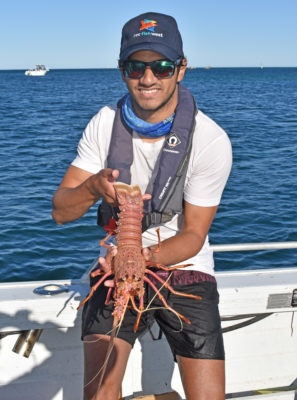
In December, Fisheries Minister Dave Kelly announced a plan to grow the rock lobster industry by increasing the quota available to the commercial sector by 1700 tonnes.
Recfishwest CEO Dr Andrew Rowland said Recfishwest had significant concerns about the plan which is currently open for consultation.
“Recfishwest will never support anything that adversely impacts on recreational fishing experiences,” Dr Rowland said.
He said high numbers of crayfish close to shore in the last few years thanks to conservative management has significantly increased the catchability for recreational fishers, which has led to record high participation rates.
“In recent years fishing experiences for recreational fishers had been boosted and participation has grown to almost 60,000 licence holders thanks to high abundances of crayfish on inshore reefs,” Dr Rowland said.
“We are keen to understand how these inshore reef areas will be protected under any proposal to grow the Western Rock Lobster Industry.
“The last thing we want to see is increased exploitation of these reefs by ramping up commercial catch by 1700t. That’s over three times the annual recreational catch.
“There is much more to fisheries management than simply the sustainable exploitation of a resource for economic gain, it’s also about managing the stock to ensure high abundance in the right areas.
“We are seeking more details on the Plan to ensure any management changes do not impact on potters and divers who enjoy catching crayfish along our coast.
“We look forward to further engagement with the Government that results in a plan that recognises the benefits of all stakeholders in this fishery.”
Read Recfishwest’s submission below.
Find Recfishwest’s submission to the McGowan Government’s Rock Lobster Industry Growth Plan here
Click here to read the State Government’s Rock Lobster Industry Growth Plan
Listen to Dr Andrew Rowland’s discussion on the issue on 6PR radio below
Jane Marwick from Geraldton’s 6PR radio breaks it down even further during a discussion with Recfishwest’s Dr Andrew Rowland and City of Geraldton Mayor Shane Van Styn.
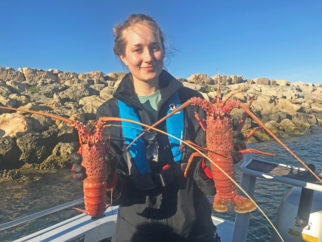
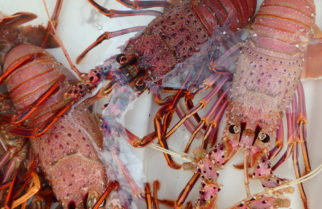
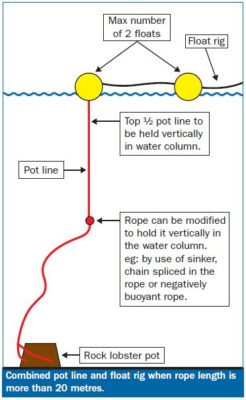
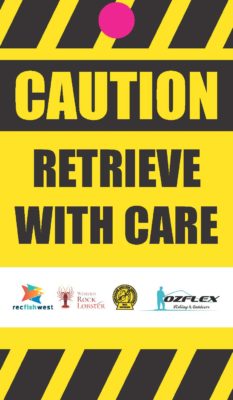 A new safety initiative to keep thousands of Western Australian lobster fishers safe will be rolled out along the West Coast in the coming weeks.
A new safety initiative to keep thousands of Western Australian lobster fishers safe will be rolled out along the West Coast in the coming weeks.
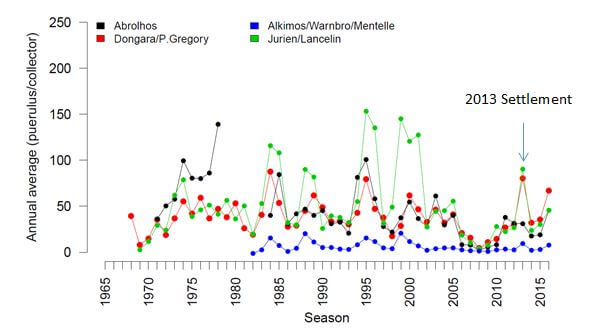
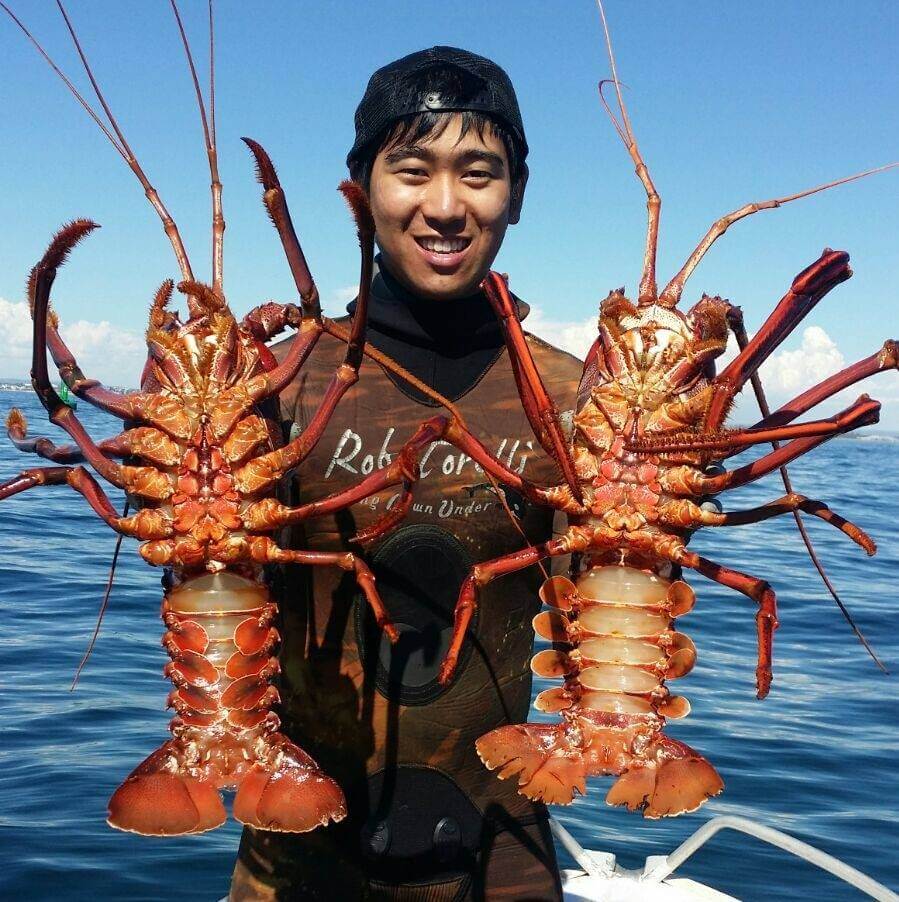
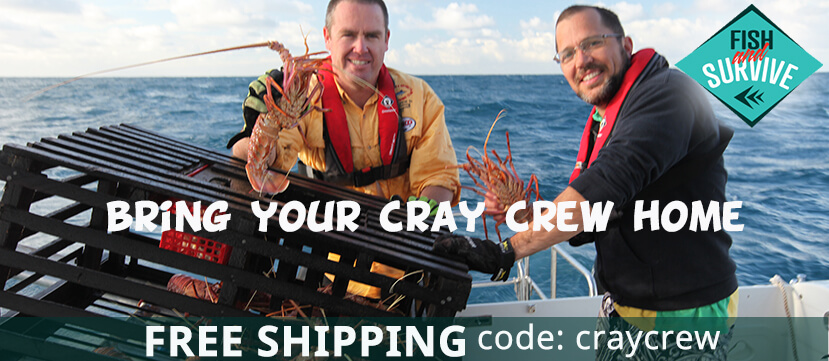
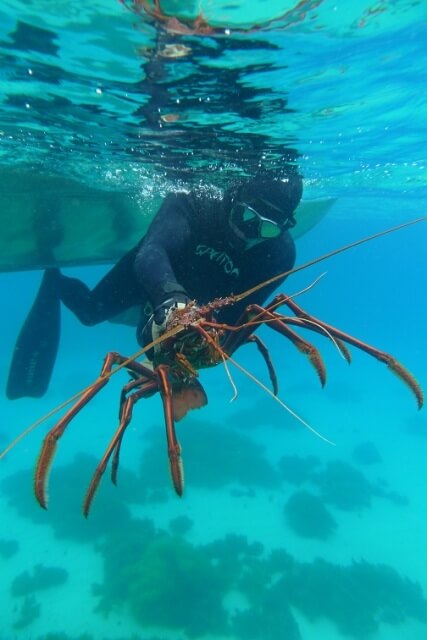 In July’s edition of Recfishwest’s Broadcast newsletter, we stated our firm belief that people diving for crays must be afforded the same opportunity as those who use pots and be given 5 minutes to sort their catch once safely aboard their boat. Recfishwest wrote to the Minister of Fisheries who subsequently requested Fisheries liaise with Recfishwest to ‘review fishing arrangements prior to the season commencement.’
In July’s edition of Recfishwest’s Broadcast newsletter, we stated our firm belief that people diving for crays must be afforded the same opportunity as those who use pots and be given 5 minutes to sort their catch once safely aboard their boat. Recfishwest wrote to the Minister of Fisheries who subsequently requested Fisheries liaise with Recfishwest to ‘review fishing arrangements prior to the season commencement.’